Interview with Everett Newell Yoga teacher in Bali
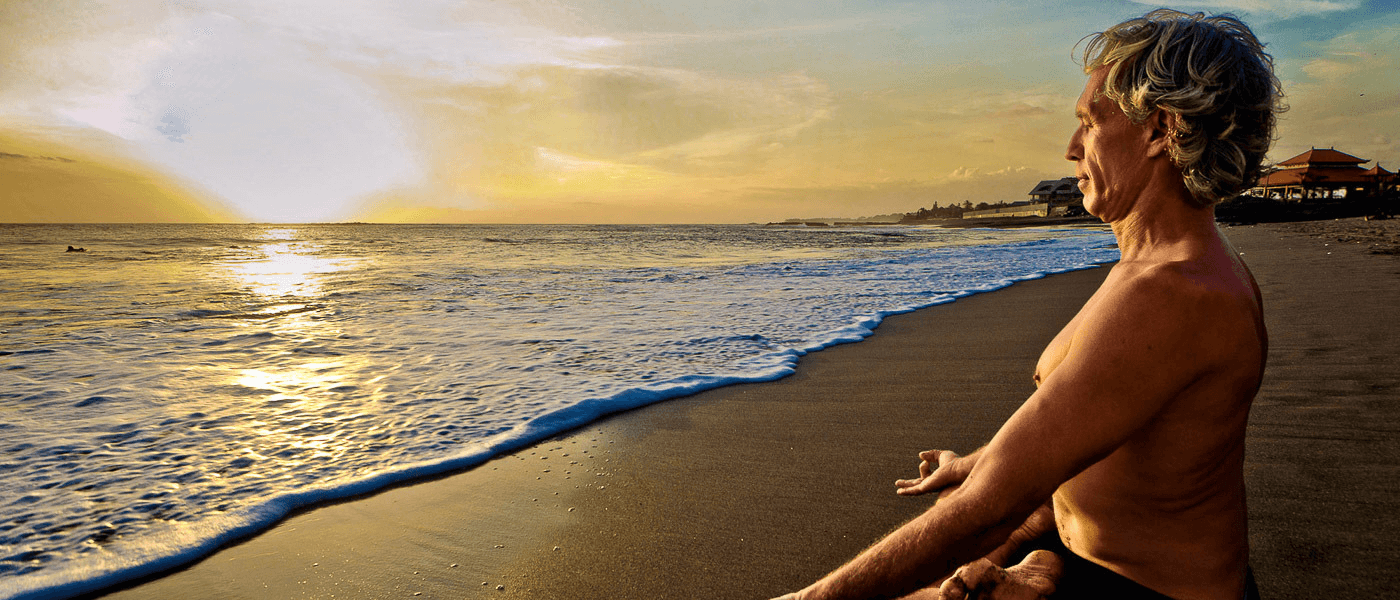
From army intelligence to yoga: how did you make the leap?
When I first joined the military, I was deeply impacted by the leadership I experienced. The people in charge were some of the most honorable, disciplined, and physically capable individuals I’ve ever known.
Their example became a compass for me—they helped instill the discipline and integrity I hadn’t fully developed yet.
During my service, I developed a broad skill set—from aircraft mechanics and avionics to advanced electronic warfare training.
That school was especially formative, offering a deep education in mathematics, electrical theory, and physics. It sparked a lasting fascination with the nature of energy and the interconnectedness of all things, which became the lens through which I began to understand life.
At the same time, I immersed myself in Hapkido, a traditional martial art that I viewed as a study in applied physics—leverage, pressure, balance, and the cultivation of inner energy. I trained obsessively for over two decades and eventually expanded into Taoist philosophy, which deepened my understanding of the energetic and psychological aspects of practice.
Eventually, that curiosity brought me to yoga. In the late ’80s in Los Angeles, yoga was starting to blossom—but to be honest, a lot of what I saw felt pretty surface-level. Still, I sensed there was something more.
Everett’s passion for guiding students beyond the mat has led him to create immersive experiences where yoga becomes a way of life.
If you feel called to deepen your practice and step into the role of teacher, you’re invited to join him for his next Yoga Teacher Training in Bali.
Or, if your soul craves rest and renewal, come experience his transformative Bali Retreat — a sanctuary to reconnect and recharge.
After a decade of searching and studying with many different teachers, I found my way to traditional Hatha Yoga> and the Tantric path of Sri Vidya, which deeply resonated with my Taoist background.
These two systems—Taoism and Tantra—opened up a profound path of inner development that shaped me physically, psychologically, and spiritually. They eventually led to a powerful Kundalini awakening, a landmark experience that has continued to guide the trajectory of my life and work ever since.
How has your military background influenced your approach to teaching yoga?
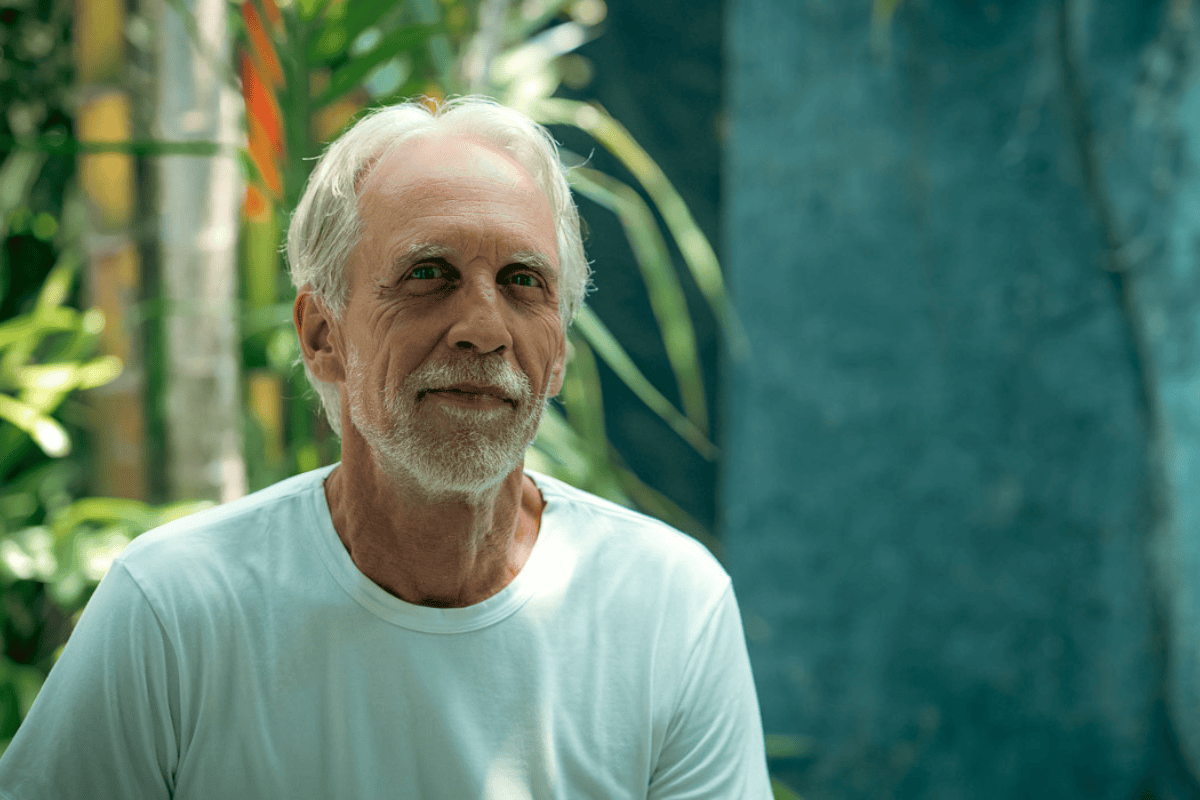
One word comes to mind: discipline. It’s one of the most valuable things the military instilled in me, and it’s become a cornerstone of how I approach both practice and teaching. I often say—discipline is the gateway to freedom.
In the Yoga Sutras, Patanjali outlines three essential aspects of practice: Tapas, Svadhyaya, and Ishvarapranidhana. Tapas, in particular, resonates deeply with my military background.
It’s often described as the internal heat that arises from friction—not just physical effort, but the psychological tension that comes from changing habits, confronting beliefs, or staying with discomfort long enough to discover what lies beneath our conditioned responses.
That kind of friction is essential for growth—physically, mentally, and spiritually. But to meet that challenge in a meaningful way, we need discipline. Without it, we avoid the very edges that are asking to be explored.
In that sense, discipline determines both how much growth we can handle and how quickly it can unfold.
It’s not about rigidity. It’s about showing up consistently, with courage and honesty. That’s something I carry into every class and training I lead.
Zuna yoga is known for combining ancient practices with modern science. Can you share an example where a neuroscience principle deepened the practice for a YTT student?
One of the most eye-opening insights from neuroscience is that as little as 10% of our experience of life is shaped by external events.
Commonly, the majority of our reality is determined by how we interpret those events—by the stories we tell ourselves, our memories, biases, and conditioning. This alone is a powerful reminder of how much agency we truly have.
In our trainings, we often explore how perception shapes reality—not just philosophically, but as a living, embodied truth. When students begin to understand that their suffering often stems more from interpretation than circumstance, it opens the door to real transformation. Yoga becomes more than postures—it becomes a practice of mental re-patterning.
Another example is neuroplasticity—the brain’s ability to change and rewire itself. Many people struggle with habits they wish they could break. Neuroscience shows us that rather than trying to stop an unwanted behavior by force, it’s much more effective to replace it with a new one.
When we consistently redirect our focus toward what we want to cultivate—whether it’s calm, presence, or resilience—the brain literally reorganizes itself to support that new way of being.
This principle mirrors the yogic path beautifully. Yoga teaches that we become what we repeatedly think, feel, and do. So instead of wrestling with resistance, we create new patterns through consistent, conscious practice. That shift—from fighting old patterns to embodying new ones—is often a breakthrough moment for our students.
When you first arrived in Bali, how did the island’s spiritual energy influence your yoga journey? Can you describe a moment when you felt that spiritual connection for the first time?
One of the most remarkable things about Bali is the deep sense of acceptance you feel the moment you arrive. The Balinese welcome people from all walks of life, all spiritual backgrounds.
Their only real expectation is that you live with respect. Even when visitors fall short, they remain incredibly tolerant and kind. That level of acceptance gave me a kind of freedom I hadn’t experienced before—the freedom to simply be myself.
What makes Bali truly unique is that spirituality isn’t something set aside for special moments. It’s woven into daily life. The people here live with a quiet, steady reverence—for nature, for community, for the cycles of creation.
You see it in the offerings placed at every doorstep, in ceremonies that mark even the smallest transitions. Watching them live this way—not as performance, but as devotion—was deeply moving. It shifted something in me.
Ready to take the next step on your yoga journey? Train with me in paradise!
Join my upcoming Yoga Teacher Training in Bali or gift yourself the magic of my Bali Retreat.
Let’s flow, learn, and transform together under the island sun.
Then there’s the energy of the island itself. Bali sits between powerful volcanoes, and you can feel the charge in the earth. There’s a primal, grounding force here that’s unlike anything I experienced in places like Los Angeles or New York.
That, combined with the spiritual grace of the Balinese people, made it clear from the beginning: this was home. A place I belonged. And that sense of belonging—that connection—is what continues to fuel my journey to this day.
You’ve taught yoga in Bali, Italy, Egypt, and Cambodia—what is one practice or lesson that each country taught you about the global yoga community?
What stands out most from teaching in all these countries is just how universal the human experience really is. No matter where we live—Bali, Italy, Egypt, Cambodia—beneath all the cultural and personal differences, there’s a shared longing to know our true nature, our spiritual essence.
We’re all seeking a deeper sense of meaning and purpose, something that feels authentic and connected. I believe that longing comes from the soul.
In every country I’ve taught, the most powerful moments haven’t come from perfect postures or advanced techniques.
They’ve come from those raw, quiet moments when someone touches something real within themselves—when their practice becomes a soulful experience. It could be a breath, a realization, a release—but it’s unmistakable. It’s the same energy, the same light, no matter the background, the language, or the path that brought someone to the mat.
That’s what makes the global yoga community so extraordinary. It’s not just a collection of people doing yoga—it’s a web of human beings remembering who they are. And that shared remembrance, that shared reverence, is what binds us together beyond borders.
What role does breathwork play in your yoga teacher training, and can you share an unexpected benefit that students have experienced from it?
Breathwork is a central pillar of our training. In many ways, it’s the most important tool we have—not just in yoga, but in life. Breath is life.
The ancient Greek word pneuma means both “breath” and “spirit.” As long as breath is present, life continues. And through the breath, we gain access to far more than just oxygen—we access presence, clarity, and soul.
Breath is also the gateway to the mind. Just as the wind shapes the surface of the ocean, breath influences the waves of thought and emotion. When we learn to consciously shape the breath, we gain an extraordinary level of influence over how we feel, think, and respond to the world.
From a scientific perspective, neuroscience tells us that we never perform better—mentally, physically, or emotionally—than when we are in a state of calm. And there is no more direct path to that state than the breath. It regulates the nervous system, sharpens focus, and helps manage emotions with grace.
One of the most unexpected benefits students often report is how quickly breathwork connects them to something deeper—a state of inner stillness, of soulful awareness. It’s like coming home to themselves. In my experience, there’s no faster way to enter into a state of true union—within or with the world around us—than through the breath.
In your experience, what’s the most common misconception about becoming a yoga teacher that you encounter during your trainings?
That teaching yoga is about postures and their advancement.
Of course we use posture—and sometimes in very challenging ways—but the postures themselves are tools, not the path. No posture will ever change your life. If that were true, we’d be looking to gymnasts as our spiritual guides.
The fitness of the body matters. It supports our overall well-being. But fitness alone won’t relieve emotional distress or transform the way we see ourselves and the world. It helps—but the deeper shift comes when we use posture, breath, and the mind together.
This is how we cleanse the residue of the past and find peace and balance in our inner world.
And of those three, breath is the most important. When used intentionally, it becomes an accelerant—amplifying personal growth in ways that are both profound and lasting.
Coordinating body, breath, and awareness into one cohesive expression is how we truly step into our power. That’s when yoga stops being something we do and becomes who we are.
You’ve described Zuna yoga as a path to empowerment and self-mastery. How does that philosophy manifest in a day of training, and how does it help students beyond the mat?
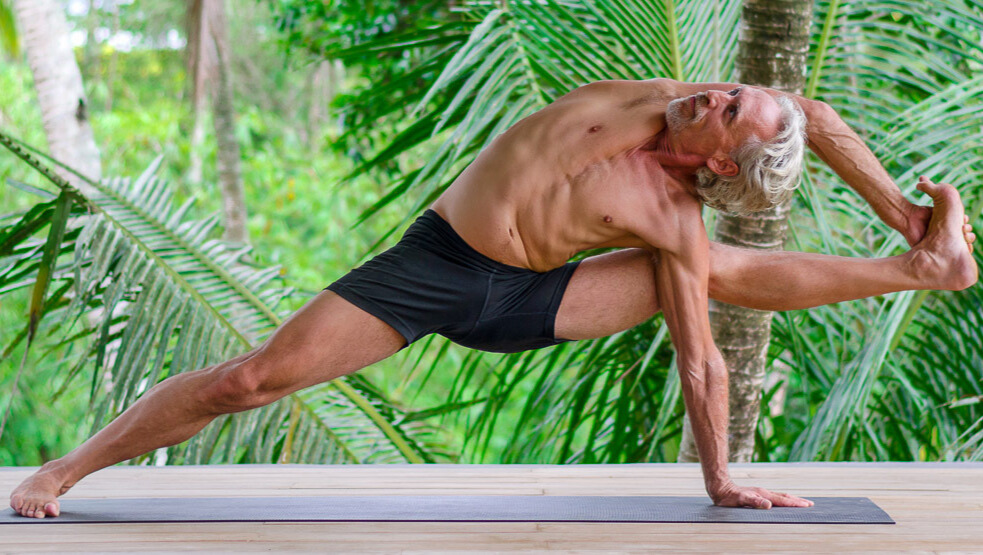
Empowerment and self-mastery aren’t just goals—they’re woven into the fabric of each day.
From the very first morning, students begin building an embodied relationship with body, breath, and mind. We lay a strong foundation in postural understanding, while introducing breathwork and meditation as essential tools to anchor awareness and regulate the nervous system.
These elements work together to awaken presence and receptivity—setting the tone for asana practice not as performance, but as a ritual of inner listening, resilience, and energetic alignment.
Each day is a layered journey. Movement becomes more than mechanics; breath becomes more than oxygen; and the mind becomes a space of inquiry rather than reaction.
Our lectures blend yogic wisdom with neuroscience, energetics, and psychology—giving students a framework to understand their own nature and the deeper forces at play in human transformation. Reflective practices like journaling, partner work, and guided inquiry bring these teachings to life in real, tangible ways.
What we practice on the mat becomes a mirror for how we meet ourselves—and the world. Students don’t just gain techniques; they gain tools to manage energy, regulate emotion, and navigate life with greater clarity and confidence.
This is how empowerment is built. This is what self-mastery feels like: a growing intimacy with the self that changes how you move, breathe, think, and live.
There’s a rising trend in mindfulness and conscious living. How do you integrate these principles into your yoga teacher training, and how can they support a more sustainable lifestyle?
We’re seeing a beautiful shift toward mindfulness and conscious living—and at Zuna Yoga, we integrate those principles not as separate practices, but as threads that run through everything we do.
Rather than teaching mindfulness as a concept, we guide students to experience it in real time. This begins with learning how to pay attention—deeply and consistently.
Whether it’s breath, movement, thoughts, or the quality of attention itself, students are trained to observe without judgment, and to respond with intention. That’s the heart of conscious living.
We also explore how the nervous system plays a role in how we engage with the world. By learning how to regulate it through breath, rhythm, and awareness, students begin to move through life with more steadiness and less reactivity.
This internal steadiness is what makes sustainable change possible—because it’s rooted in presence, not pressure.
On a practical level, we show how values like simplicity, clarity, and purpose can be embodied through daily rituals, energy management, and aligned choices. This isn’t about doing more—it’s about living with more intention, and less waste—of energy, time, or attention.
Ultimately, mindfulness isn’t a trend. It’s a return to what’s essential. And when students begin to live this way, they naturally create lives—and communities—that are more sustainable, meaningful, and whole.
We all know yoga can be physically challenging, but what mental and emotional breakthroughs do your students often experience during the 200-hour YTT in Bali?
The most powerful breakthroughs we witness in the 200-hour yoga teacher training in Bali aren’t about mastering a pose—they’re about remembering something much deeper.
In yogic philosophy, there’s a concept called Smarana—the act of spiritual remembrance. It speaks to one of the root causes of human suffering: forgetting who and what we truly are. So much of our pain comes from identifying with the masks we wear, the roles we play, or the stories we’ve inherited.
If you’re curious about diving deeper into this transformative journey, our Bali YTT certification course offers a sacred space to awaken and reclaim your authentic self.
This training offers students the space to shed that façade and come home to themselves. Through breath, meditation, self-inquiry, and a carefully designed journey of practice, many reconnect to their inner truth—not as an idea, but as a felt experience. And that changes everything.
It’s common for students to describe feeling like they’re meeting themselves for the first time—not their persona, but their essence. With that comes clarity, emotional release, deep healing, and a stronger sense of purpose.
They begin to see that real strength isn’t just physical—it’s the courage to be honest, to sit with discomfort, and to show up authentically. That’s the kind of transformation we’re interested in.
Because once you’ve remembered who you are, you can’t go back to sleep. You start living differently—with more presence, more compassion, and more power.
With more people seeking to integrate yoga into their daily lives, what is one simple practice you think everyone should adopt, regardless of their yoga experience?
I recommend something incredibly accessible: 10–15 minutes of breath-focused movement, followed by 5–10 minutes of seated meditation. You don’t need complex postures or long sessions—just a commitment to connect with yourself each day.
At Zuna Yoga, we see daily practice as a form of calibration. It’s not about striving—it’s about tuning your body, breath, and mind so you can meet life with more clarity, calm, and vitality.
A short sequence of mindful movement gets energy flowing through the whole system. Pair that with simple breath awareness in meditation, and you’ve already shifted your internal state in a meaningful way.
This kind of practice builds the capacity to stay steady during challenges and to fully experience life’s beautiful moments with presence and depth. It makes us more resilient, more aware, and more alive.
If you could teach one aspect of yoga that is often overlooked, what would it be, and why is it so important to the complete yoga practice?
Conscious breathing—without question. Especially when rooted in the lower body. It’s one of the most overlooked yet profoundly transformative aspects of yoga.
From the earliest yogic traditions, breath wasn’t simply a support for practice—it was the practice. In the Upanishads and the early Hatha and Tantric texts, breath is described as the carrier of life force (prāṇa) and the bridge between the individual and the Self.
The lower body—particularly the pelvis, belly, and spine—is seen as the seat of this energy, where apāna (the downward-moving force) meets prāṇa (the upward-moving force) to awaken deep inner awareness.
At Zuna Yoga, we teach that when breath is consciously anchored in the lower body, something sublime reawakens. This isn’t just a technique—it’s a form of spiritual remembrance. A return to essence.
Modern neuroscience echoes what the sages knew: breath regulates the nervous system, emotions, and cognition. But when combined with embodied awareness, it becomes something more—a portal into clarity, vitality, and liberation.
In that sense, conscious breathing isn’t just one aspect of yoga.
It’s the heart of the practice.
What’s one common trait among your most successful students in your yoga teacher trainings?
Clearly… it’s a return to the experience of who they truly are—not who they’ve been conditioned to be for others.
The most successful students are the ones who are willing to drop the façade. They find the courage to stop performing and start being—and they begin to trust that who they are, at their core, is enough.
It’s like coming home. And more importantly, it’s giving themselves permission to come home.
This inner permission is powerful. It creates the space for authenticity, confidence, and presence to emerge—not as something imposed from the outside, but as something remembered from within.
That’s where the real seat of self-mastery lies.
And it’s also the foundation for a soulful, beautiful life.
Because when you stop trying to live someone else’s story,
that’s when your real life begins.
After 40 years of practice, what’s one thing you wish you had known about yoga when you first started?
I wish I had understood how much fear was driving me—and that no amount of external strength would make it go away.
For years, I tried to overcome fear by being stronger, tougher, more disciplined. I thought if I could just push past it, I’d be free. But true strength doesn’t come from overpowering fear—it comes from having the courage to face it.
The greatest realization was the simplest: fear is a construct of the mind. It only has power when we choose to believe in it. When we reconnect with who we truly are—not the roles we play or the defenses we build—fear dissolves. There’s nothing left to protect.
Finding moments of peace certainly helps. But I wish there had been more clarity around resolving our relationship with fear—not bypassing it. It’s not uncommon to use yoga or meditation as a spiritual escape.
Of course, deep meditation can bring calm and insight. But peace isn’t meant to live only in stillness. It must be embodied—something we carry into the world with presence and courage.
There’s no need to build a life around protecting ourselves from pain or protecting peace like it’s fragile. Peace should be sustainable. And the soul—by its nature—knows no fear.
To live soulfully is to live with courage. Without hiding. Without regret. That’s what I’ve come to understand yoga is really about.
Zuna Yoga has grown into a global community—what is your vision for its future, and how do you see the role of yoga in a changing world?
Over the years, I’ve seen a clear divide in how yoga is understood across the world. On one hand, it’s presented as a fitness method—marketed for physical performance and aesthetics. On the other, it can lean heavily into mysticism, often disconnected from science and grounded inquiry.
Interestingly, it’s this very divide that has helped yoga grow so rapidly. It acts like a funnel—drawing people in from many entry points. Whether they come for strength, flexibility, healing, or spiritual seeking, more and more are being led toward something deeper: a transformational truth.
We’re now at a turning point. Science is affirming what yogis have known for millennia—breath, meditation, and mindful movement profoundly impact the nervous system, emotional regulation, and even consciousness itself.
There’s no longer a need to be anti-scientific to honor the spirit of yoga. In fact, modern research—especially in neuroscience and quantum theory—is beginning to illuminate the subtle dimensions of mind and energy that yogic traditions have pointed to all along.
We’re witnessing a global awakening. People are reclaiming their truth, seeking freedom, and wanting to live with greater purpose and soul.
My vision for Zuna Yoga is to continue being a bridge—grounding ancient wisdom in modern science, and guiding others into lasting transformation.
We’re not just teaching practices—we’re participating in a revolution of consciousness. And it’s one of the most exciting times in human history to be doing this work.

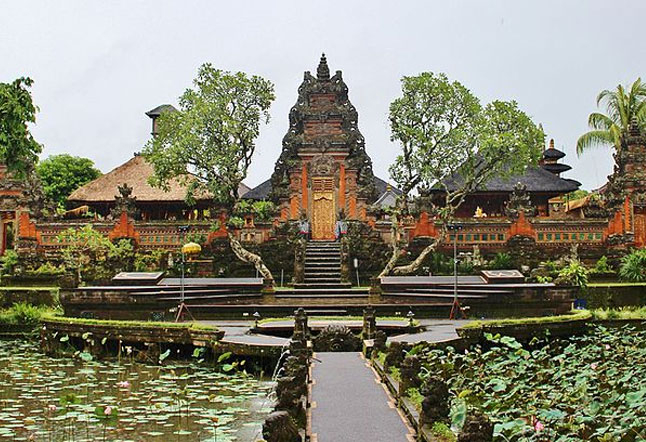
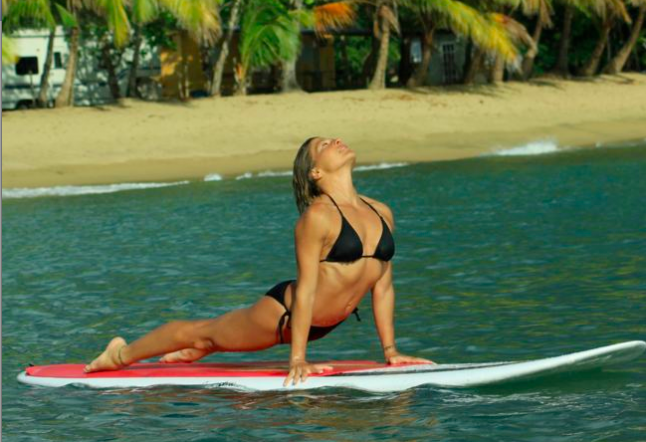
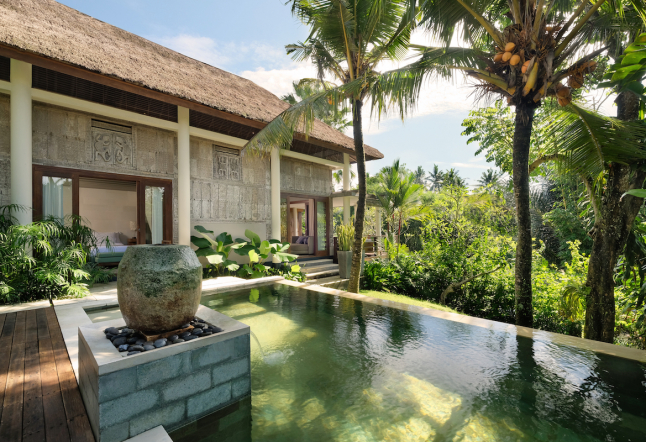

Everett Newell’s journey from military intelligence to yoga teacher is truly inspiring. His ability to blend discipline with spiritual practice in Zuna Yoga offers a unique approach to personal growth. I appreciate how he emphasizes the integration of modern science with ancient traditions, making yoga accessible and relevant in today’s world.
Reading about Everett’s transition from Hapkido to yoga was enlightening. His deep understanding of energy and interconnectedness shines through in his teachings. Zuna Yoga’s holistic approach, combining physical postures with breathwork and meditation, provides a comprehensive path to self-discovery.
Everett’s story resonates with me on many levels. His emphasis on overcoming obstacles and embracing challenges aligns with my own journey. Zuna Yoga’s focus on empowerment and self-mastery has been transformative, helping me find balance and purpose in my practice.
Learning about Everett’s diverse background in martial arts, yoga, and neuroscience was eye-opening. His ability to draw connections between these disciplines enriches the Zuna Yoga experience. The integration of breathwork and mindfulness practices has deepened my understanding of yoga beyond the physical postures.
Everett’s perspective on yoga as a tool for fulfillment rather than just success is refreshing. His teachings encourage a holistic approach to well-being, addressing the physical, mental, and spiritual aspects of life. Zuna Yoga has helped me cultivate a sense of purpose and inner peace.
Reading about Everett’s experiences teaching yoga in various countries highlighted the universal appeal of Zuna Yoga. His ability to adapt teachings to different cultures while maintaining authenticity speaks to the depth of his practice. The community aspect of Zuna Yoga fosters a supportive environment for growth.”
His approach to integrating breath with movement has enhanced my practice, allowing for a deeper connection to my body and mind. Zuna Yoga’s emphasis on conscious breathing is a game-changer.
Mira S.
Cape Town, South Africa
This interview left me breathless in the best way. Everett’s journey from military intelligence to Sri Vidya Tantra reflects such depth, discipline, and heart. As someone navigating my own path from high-pressure corporate life into wellness, I found his words incredibly grounding. Especially his insight on fear—not as something to push through, but to meet with presence. Thank you for this beautiful reminder that yoga isn’t performance… it’s remembrance.
Everett’s philosophy on yoga as a path to empowerment and self-mastery resonates deeply with me. His teachings encourage introspection and personal growth, providing tools to navigate life’s challenges. Zuna Yoga’s holistic approach has been instrumental in my journey toward self-discovery.
His teachings inspire a sustainable lifestyle rooted in awareness and presence. Zuna Yoga’s integration of these principles has enriched my practice and daily life
Everett’s journey from military to yoga is so inspiring. Love how Zuna Yoga blends science and spirituality.
Really like how Everett combines breathwork and mindfulness in his teaching. Makes yoga feel deeper.
Zuna Yoga sounds like a perfect balance of physical and mental training. Would love to try it.
Reading about his global teaching experience makes me want to explore yoga beyond just exercise.
Everett’s philosophy on yoga as a path to fulfillment really resonates with me.
Love how Zuna Yoga encourages mindfulness and living with awareness in daily life.
Everett’s classes seem like a safe space to grow and learn. His passion really comes through.
Reading about his global teaching experience makes me want to explore yoga beyond just exercise.
Everett’s focus on conscious breathing changed how I practice. So powerful and calming.
Everett’s background is so interesting — from military to yoga teacher in Bali, wow!
Breathwork sounds like a huge part of his style, gotta try that for stress relief.
Everett’s story shows yoga can help you transform life, not just body.
His approach to yoga is refreshing — no pressure, just growth.
Reading this made me want to explore breathwork more in my practice.
Love how he focuses on balancing body, mind, and spirit.
He makes yoga sound accessible and deep at the same time.